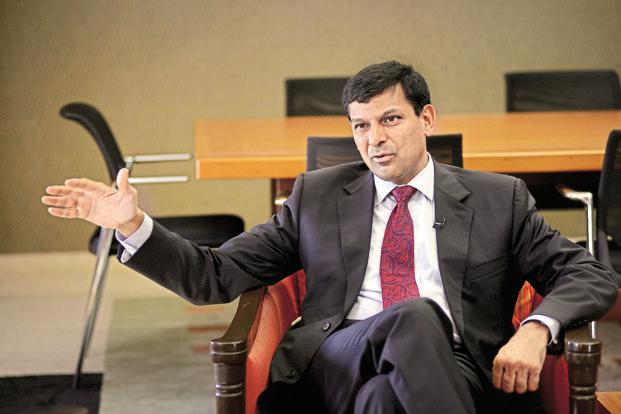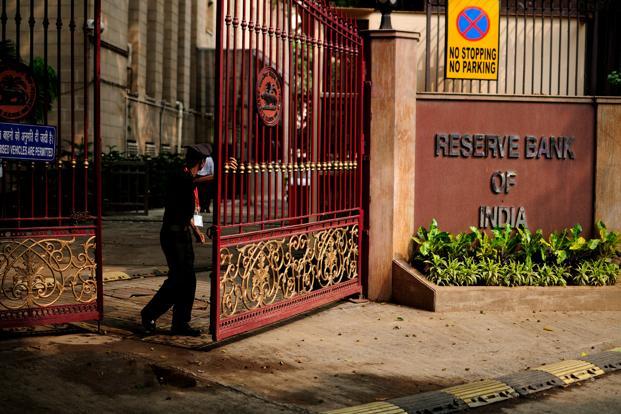n the past fortnight, I met more than a score of foreign investors across countries. Reserve Bank of India (RBI) governor Raghuram Rajan’s decision not to seek an extension after his three-year term ends on 4 September dominated every meeting.
Broadly, the foreign investors were curious to know why Rajan is not looking for another term (his immediate predecessor D. Subbarao got a two-year extension after his three-year term ended and, before him, Y.V. Reddy had a five-year term at one go); who will replace him; and, after Rajan leaves, will RBI continue with its fight against inflation and the clean-up drive of bank balance sheets.
Let’s look for answers to these three questions which anyone even remotely connected with the Indian markets wants to know.
Rajan’s decision is not a shocker. There could be two interpretations why he has chosen to tell the world almost three months in advance that he would return to academia and not like to be in the race for a second term. One, he was convinced that the government at the centre was not inclined to continue with him as the governor for another term, and, two, while taking up the assignment itself, he had decided to stick to the three-year term and do as much as he could within this period. The RBI governor is always a political appointment and since Rajan was selected by the previous government, no one can find fault with the current dispensation if it wants to choose its own person to head the central bank. It’s another matter that this could have been handled in a much better way.
Most foreign investors say Rajan’s understanding of financial markets is outstanding; ditto about the economy. However, his understanding of politics is poor and that’s what cost his job. This could be one way of looking at his exit. There could be another way too. Probably, he is extremely savvy about the world of politics; and he has done everything knowing well how the political system works. In other words, he consciously took on the politicians and the government because he had a job to do and he wanted to accomplish that without compromising on the RBI’s independence.
Many also say in private that while Rajan, the central banker, has done a great job, the academician and economist in him spoke from various public fora, which has not gone down well with the government. There is probably some truth in this observation. In none of his public appearances has Rajan ever spoken anything which could have an impact on the financial markets, bond yields and currency movements. He has spoken about tolerance, growth and “make for India”, among other things. And, through all these speeches, he has raised relevant issues. For instance, India’s growth story in the past couple of years has been led by internal consumption and not exports, justifying his “make for India” slogan. These are not inadvertent remarks; he has done this knowing well the implications.
The speed at which he has led the central bank in different areas—ranging from internal reorganization to inflation fighting, stabilizing currency, taking on rogue corporations, cleaning up bank balance sheets and opening up the sector—makes it clear that Rajan knew he had only three years to do his job. In the process, if he does not have too many friends among bankers, corporate captains and politicians while he prepares to leave the central bank, then so be it.
Who will succeed Rajan is still in the realm of speculation. Media reports suggest four names—three deputy governors (two former and one current) and a commercial banker.
Urjit Patel, 52, who many believe is a front-runner, has been a deputy governor in charge of the monetary policy department since January 2013, succeeding Subir Gokarn, who had a three-year term, and is also in the race. Patel, an eminent economist and consultant, has worked with the International Monetary Fund (IMF) and was associated with many policymaking panels both at the central and state government levels.
Gokarn, 56, was the chief economist of rating agency Standard and Poor’s Asia-Pacific region before his RBI assignment. He is now an executive director of the IMF.
Rakesh Mohan, the oldest of the three, had two stints at RBI as a deputy governor, first between September 2002 and October 2004, and then from August 2005 to June 2009. The 68-year-old has also worked with the government in different capacities, including as secretary, department of economic affairs and the chief economic adviser to the finance minister. He too has worked with the IMF as an executive director.
Apart from the three economists, State Bank of India (SBI) chairman Arundhati Bhattacharya also features in the list. In the RBI’s 81-year history, the only commercial banker to become the governor was A. Ghosh, a former chairman of Allahabad Bank. He was governor for three weeks between 15 January and 4 February 1985. Incidentally, he was a deputy governor for a decade. At least two SBI chiefs have donned the governor’s mantle in the past—P.C. Bhattacharya and H.V.R. Iyengar, but neither of the two was a commercial banker. Bhattacharya, the seventh RBI governor, was a member of the Indian Audit and Account Service, and his predecessor, Iyengar, was a member of the Indian Civil Service.
I have not checked the veracity of the media reports, but will not be surprised if a bureaucrat emerges as a dark horse at the last moment.
Now, the third question: Will Rajan’s successor continue with his unfinished agenda? Nobody should have any doubt on that. The six-member monetary policy committee is being formed and the process should be completed by August, probably before Rajan announces the next monetary policy review. The fight against inflation will continue and there is unlikely to be any let-up on cleaning up the bad loan pile of the banking system. Finally, after promising to open up the sector, RBI cannot go back to the once-in-a-decade bank licence regime. The Rajan legacy will continue irrespective of who succeeds him in September—an economist, a bureaucrat or a commercial banker.



